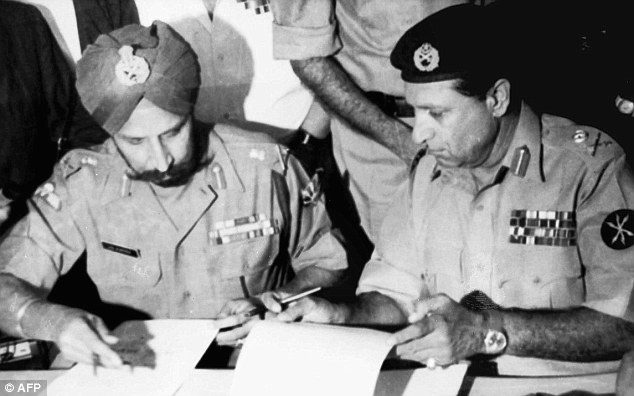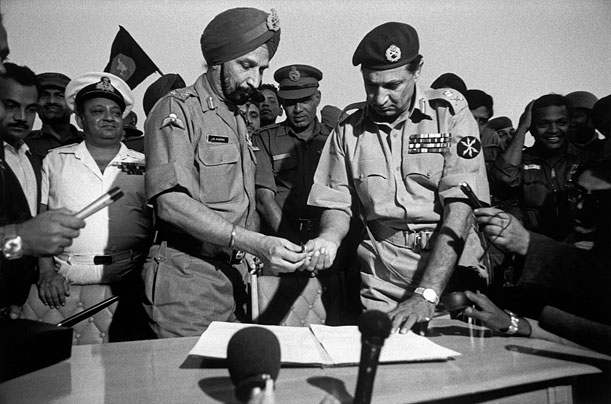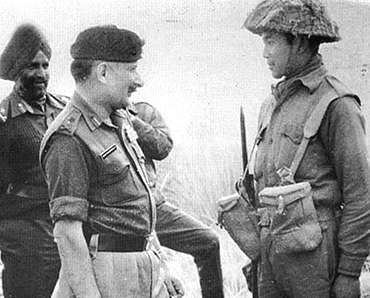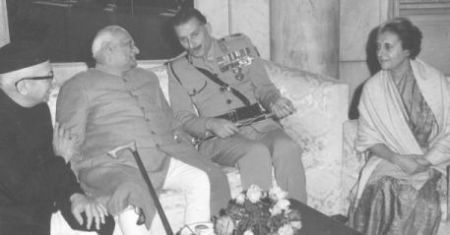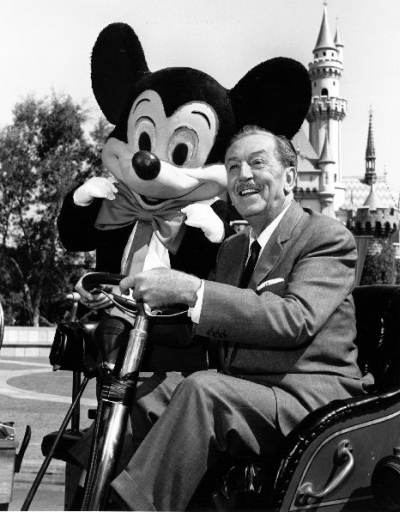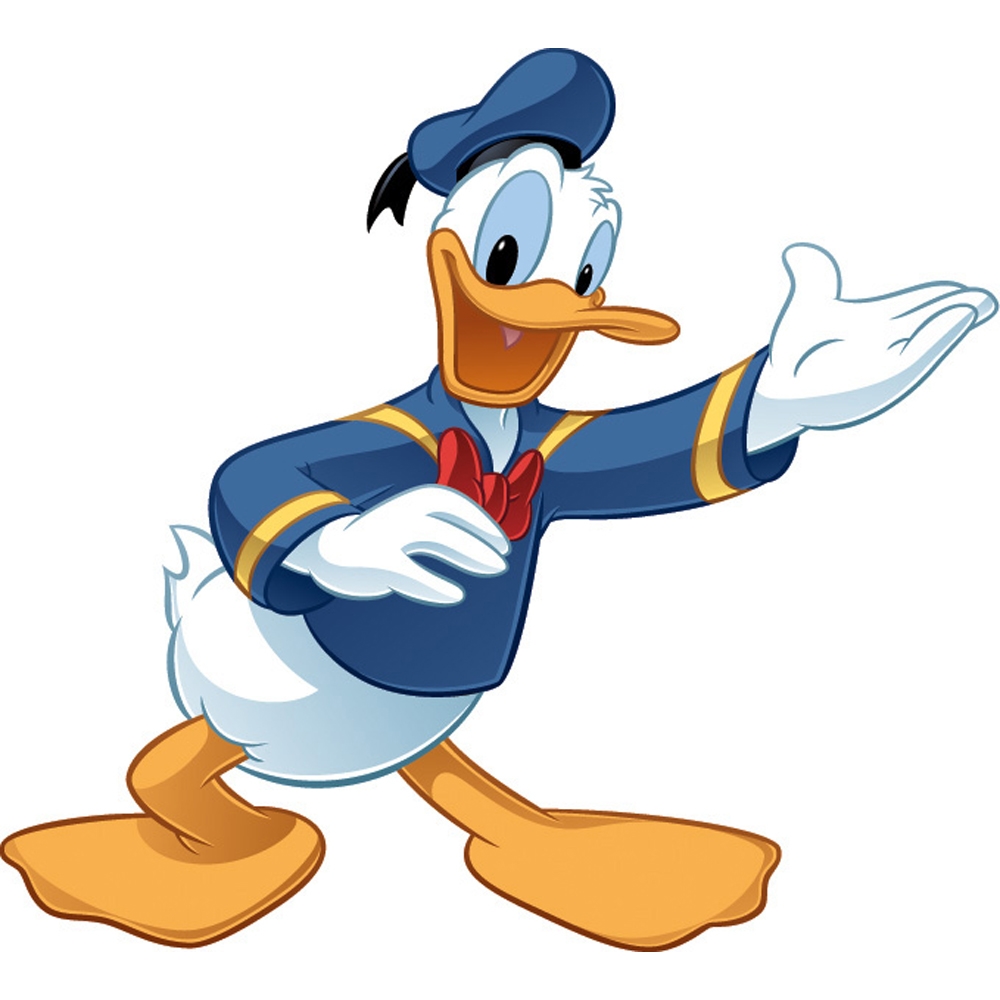Naushad Ali was born on 25th December 1919 in Lucknow. His
father was a court clerk who never wanted his child to have anything to
do with Music. But Naushad was fond of Music. He would visit the Annual
Fair at the Deva Sharif in Barabanke near Lucknow. Here, the all the
great Qawwals and musicians of those days would perform before the
devotees. His love for music grew intense by listening to them.
He was awarded Dada Sab Falke award in 1982 and was comfort with
Padmabhushan in 1992. In spite of his success he was afraid of telling
his parents about his Music profession. It is said when he was married
the Band of the Barat was playing one of the songs which was created by
Naushad himself. Yet he kept quiet.
We are proud of this great musician.
Thanks for reading.
His family was so much against music that he was turned out of home. He
started tuning Harmonium with his keen sense of notes (Sur). After
sometime he came to Mumbai. He had to struggle initially. He would sleep
on the footpath but he dreamt that one day his film will be a great
success in the theatre in the same vicinity.
Some of his well known films are Mughle- Azam, Baiju Bawara, Mother
India Urran Khatola and many more. But the first movie which gave him
success was Ratan.
We are proud of this great musician.
Thanks for reading.





